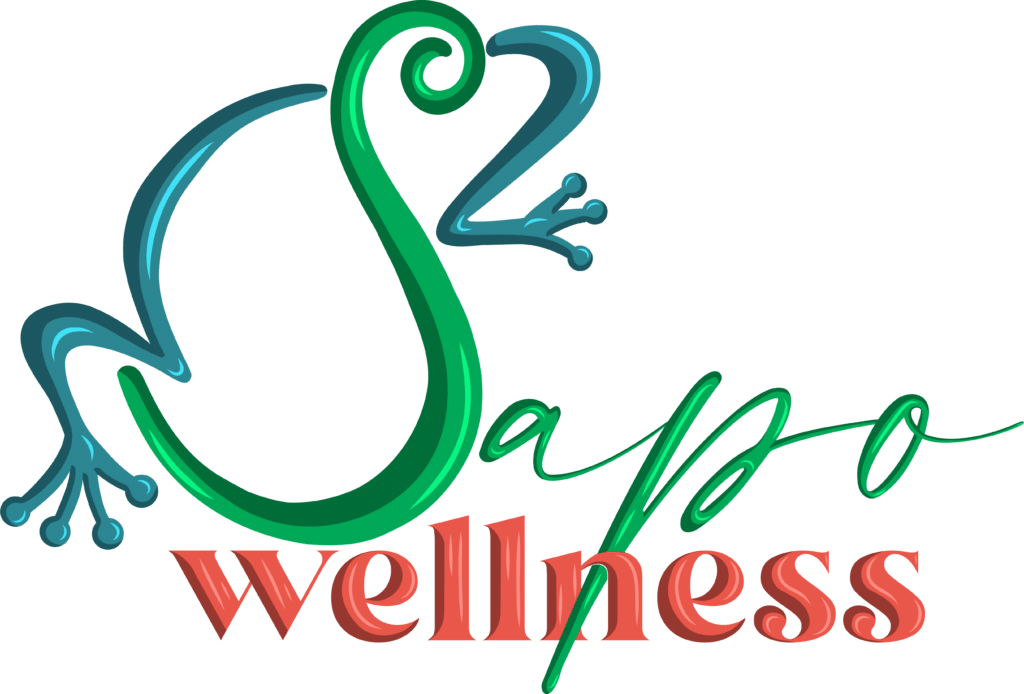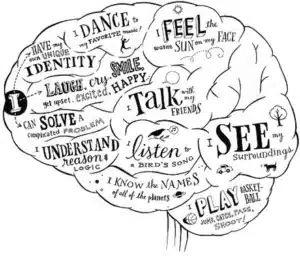POV: You decide to be productive and knock out a quick grocery store run. You make a list and everything.
You get to the store. “Stick to the list!” you say to yourself as you waltz through the doors. You’ve got some pep in your step and are feeling pretty good. But then…
You look for a cart but only spot one in the stall, and of course – it’s the one with the wobbly wheel. Sigh. You just know having to course-correct that wonky cart the whole trip will drive you bonkers but it’s all that’s left, so you take it. You will not be deterred from your snack mission!
You reach in your pocket for the list – which is when you realize its sitting peacefully on the kitchen counter… where it’s absolutely no help. You try to remember what was on it: “Bread, milk… um… sardines, maybe? Wait, no, maybe it was sausages….” You’re starting to feel a little irate but nothing you can’t handle. You’ll just wing it!
In the coffee aisle you bump into three people you kiiiinda know, but not enough to have a real conversation with, so now you’re stuck in the exhausting loop of “How are you?” “Good! You?” “Good!” awkward laugh “Cool… yeah… how bout that weather huh?” That small talk is a doozie and you’re feeling that now, too.
Then, a piercing shriek reaches your ears from the child screaming somewhere in aisle 7, and suddenly you are also internally screaming in the dairy section because where is the almond milk?! It was just here last week!
Oh no, there’s that overwhelming feeling creeping up again…
You make a mad dash for the self-checkout line, which seemed like a good idea until you scan your grapes and the machine starts shouting – very loudly – “UNEXPECTED ITEM IN BAGGING AREA.” You frantically search your bags for this unexpected item. Meanwhile, the clerk shoots you a suspicious glance trying to assess whether you’re a snack thief or not.
It’s your patience. Your patience is in the bagging area.
You finally make it home, feeling more or less victorious, but emotionally pooped from the ordeal. Then you realize you forgot the one thing you actually needed.
***
If this scenario sounds familiar, you’re not alone. Day after day every one of us faces a slew of stressors, from work, school, hobbies, social media… the list goes on. In our current world we are exposed to so many stimuli that it’s easy for us to overwhelm. Finding effective ways to manage stress is crucial for maintaining both physical and mental well-being. There are many tools at our disposal, from grounding techniques and breathing exercises to partaking in hobbies and getting better sleep.
However, one of the most overlooked yet powerful tools for stress relief is [drumroll please] exercise.
How Exercise Helps Relieve Stress
When we exercise, our bodies release endorphins, aka the “feel-good” hormones that naturally improve mood and reduce feelings of stress. Regular physical activity also helps to lower cortisol, the body’s primary stress hormone, which helps to create a calmer, more balanced state of mind. Regular physical activity has been shown to be as, if not more, effective at managing symptoms of moderate mood disorders like depression, anxiety, Bipolar 1 disorder, and ADHD.
Exercise helps shift our focus away from the stressors in life, giving us a mental break while also improving our overall mood and energy levels. When you’re working out, it’s just you and the weights – nothing else.
If gym isn’t your thing, that’s okay – there’s plenty of other forms of exercise. You could try:
- Dancing
- Golfing (yes, golfing is exercise!)
- Obscure sports like Ultimate Frisbee or dodgeball (don’t forget the 5 D’s of Dodgeball!)
- Team or partner sports like soccer, flag football, pickleball, tennis, etc.
- Running and other forms of cardio
- Boxing or martial arts
The list goes on! There are TONS of ways for you to move your body where it doesn’t have to feel like a chore. And, the best part is, you don’t have to be an athlete to benefit from exercise for stress relief.
In fact, stress-relieving workouts like walking, swimming, or cycling are great options for beginners looking to reduce stress. A beginner routine that incorporates 20-30 minutes of moderate-intensity movement 3-4 times a week can be incredibly effective for reducing negative symptoms and boosting mental benefits.
For those who enjoy a slower pace, yoga can be a great stress-relief tool. By combining deep breathing with stretching, yoga helps calm the nervous system and provides a sense of relaxation. Many yoga instructors offer faster-paced yoga classes as well, so you can choose slow and steady one day and higher intensity another. Plus, moving your body just feels good.
Don’t believe me? Next time you’re feeling anxious or upset about something, go for a quick lap around the neighborhood or sign up for a class at the gym. Take notice of how you’re feeling before you go and how you feel after you’ve moved around and sweat a bit. I’ll bet you a dollar you’ll feel pretty darn good (albeit a bit tired) after your workout!
The Power of Consistency
While any form of physical activity can help relieve stress, the key to long-term benefits lies in consistency. Going for a single bout of exercise will induce some immediate, short-term benefits, but consistently showing up can help prevent stress from building up and provide ongoing relief. Don’t let the DOMS (delayed onset muscle soreness) deter you either – they don’t last forever!
Wrapping Up
Using exercise for stress relief is not just a quick fix; it’s a long-term strategy for better mental health. Whether you’re a beginner or experienced, there are plenty of ways to use physical activity to manage stress and improve your mood. By making time for regular movement, you can create a healthier and more balanced lifestyle, one that keeps stress in check and enhances your overall well-being. So, lace up those sneakers and let’s get to work!






